Real Christmas tree care guide – the best ways to look after your tree this month
Here's how to keep your real Christmas tree alive this season
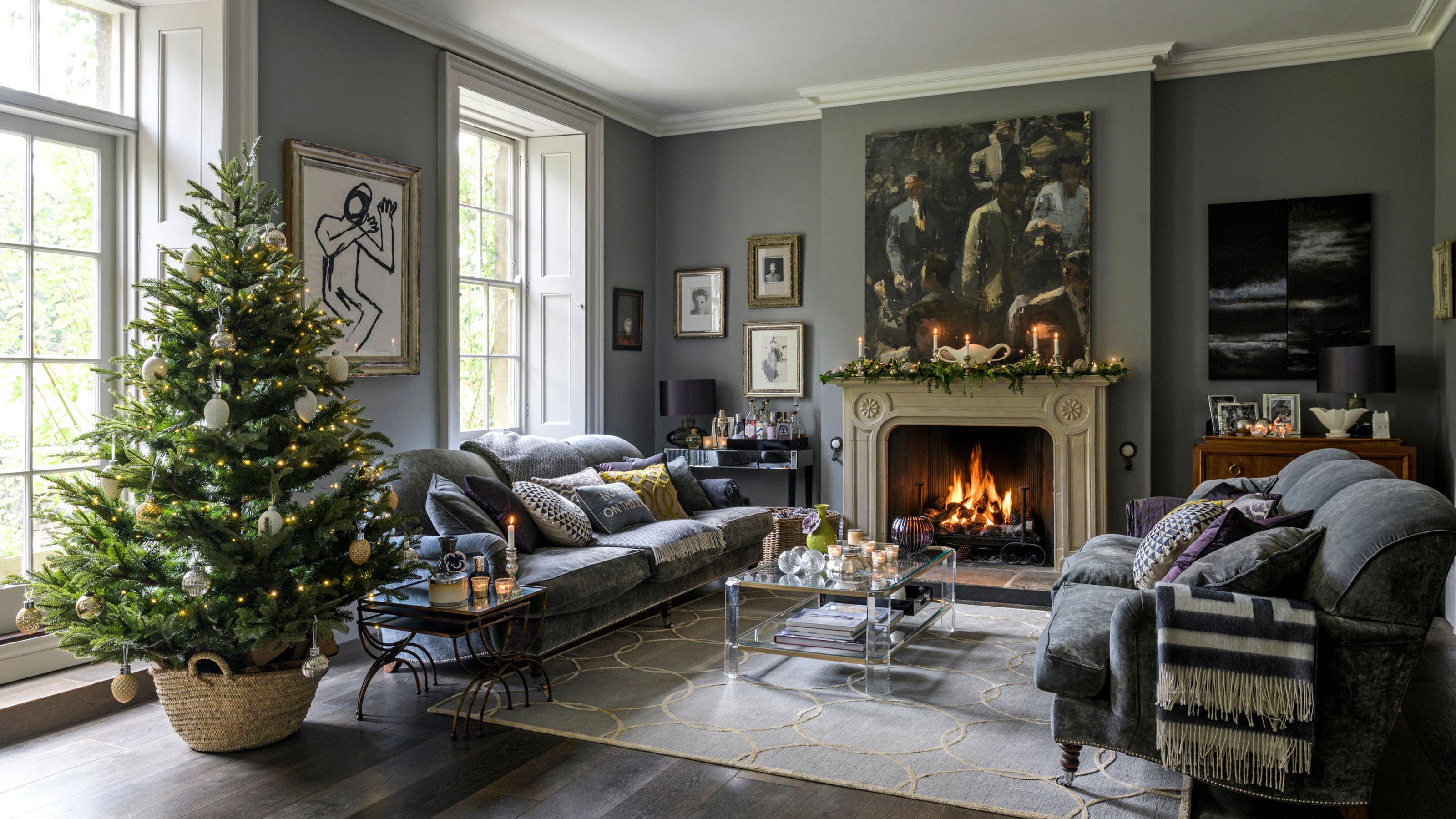

If you're lucky enough to have a spruce or fir tree at home but could use a few real Christmas tree care tips to keep it in tip-top shape, you've come to the right place.
There are so many benefits of a real Christmas tree, from the cosy fragrance to the traditional festive flair it can bring to the home.
'A fresh-cut Christmas tree offers a classic holiday experience, with a wide variety of sizes and the nostalgic scent of pine,' says Mairi Devlin, plant expert and head of Christmas at B&Q. 'It's ideal for those who prefer a lower-maintenance option and don’t mind recycling their Christmas tree after the festive season.'
Whether you've just bought a real Christmas tree for the first time or you've been in the real tree game for years, we've put together a real Christmas tree care guide to help you look after your tree.
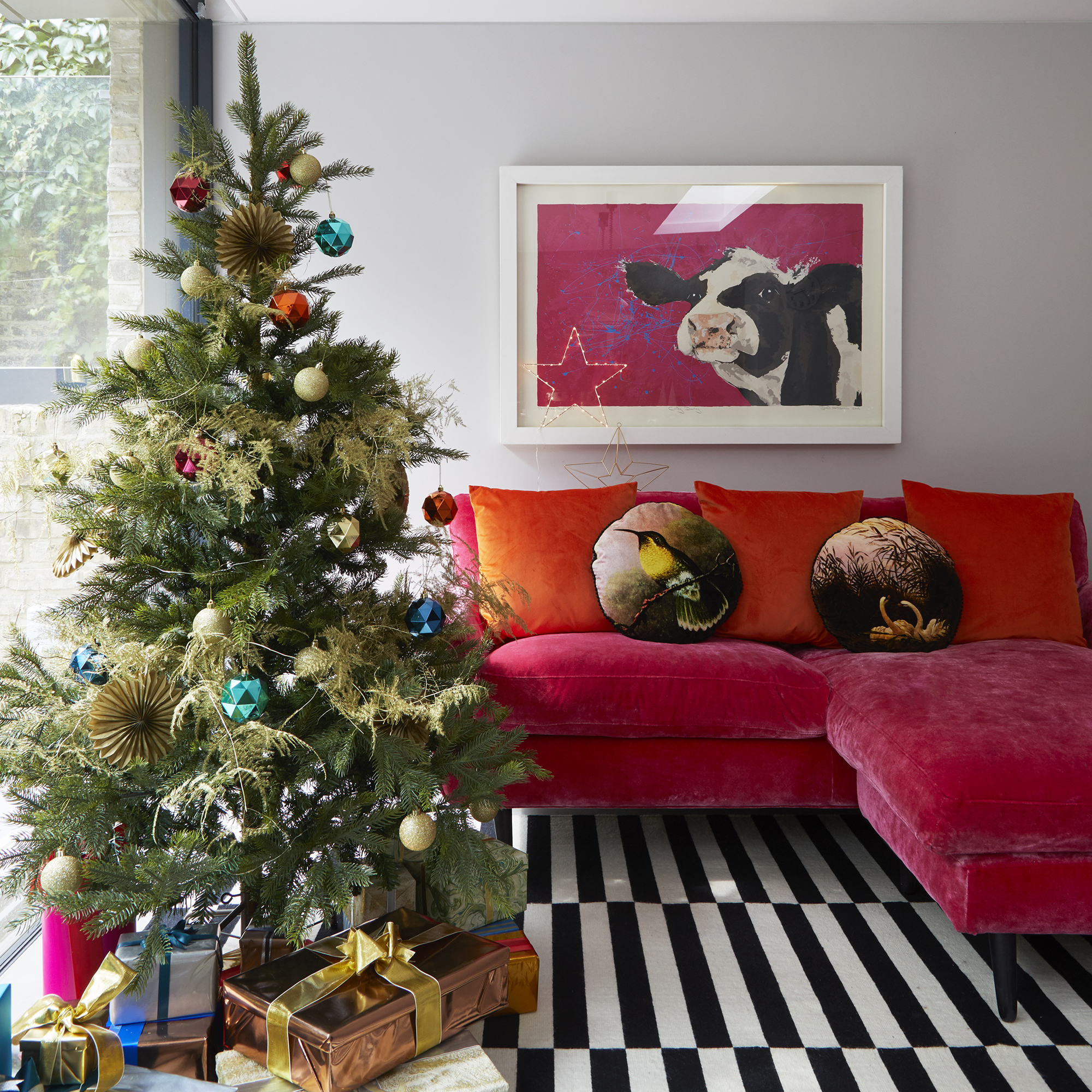
Real Christmas tree care guide
We've asked garden and tree experts for their best tips for looking after a freshly cut Christmas tree, from bringing it home to caring for it throughout December.
'If you’re opting for a real Christmas tree, you’re going to want to make sure it remains fresh and healthy throughout the entire festive season,' says Fiona Jenkins, gardening expert at MyJobQuote. 'Knowing how to take care of your Christmas tree properly can make the difference between a full, healthy Christmas tree and a sad, bare one.'
This real Christmas tree care guide will help you keep your tree in healthy and hearty condition all the way through to the 6th of January.
What you'll need
- A real Christmas tree like a Nordmann fir tree from B&Q
- A saw like the Draper Venom Wood Hand Saw from Amazon
- A Christmas tree stand with a water reservoir from Amazon
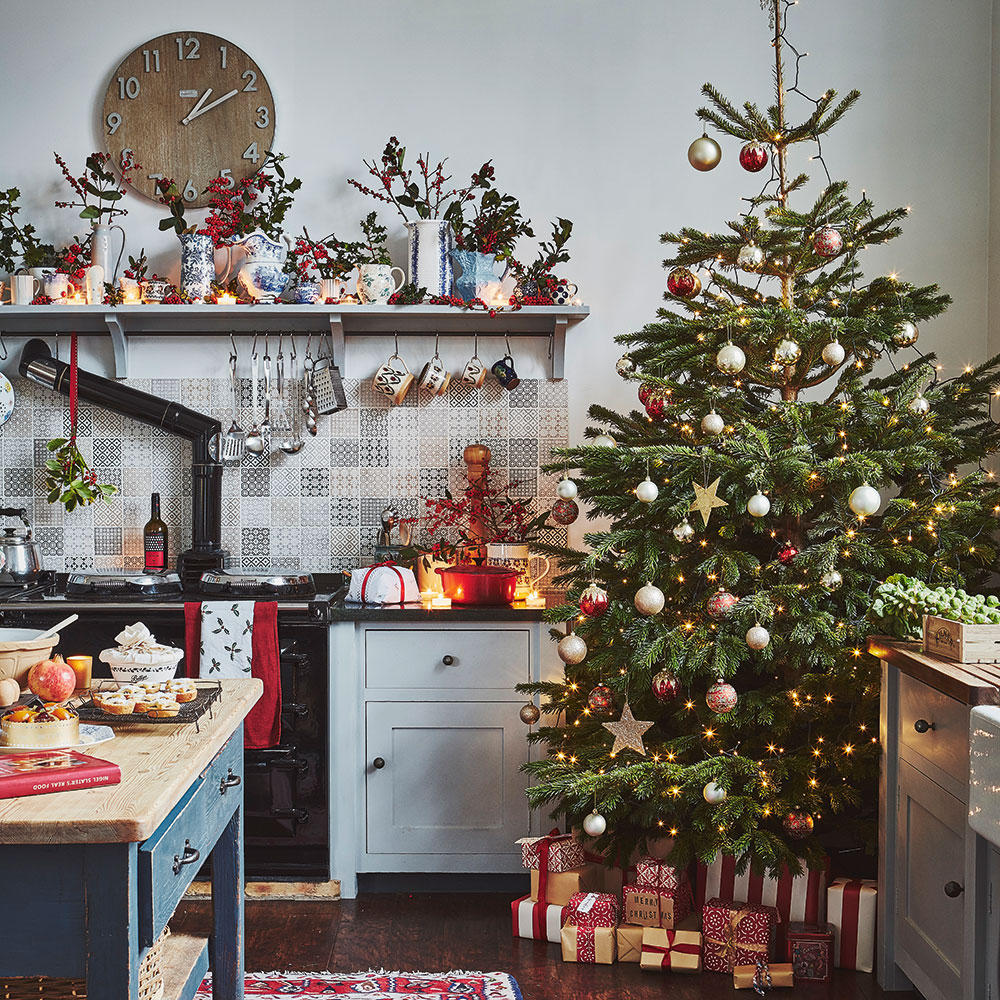
1. Bringing your Christmas tree home
So, you've brought a freshly cut Christmas tree home. What now?
'Firstly, take your tree out of the netting and give it a good shake,' says Fiona. 'It's best to do this on the day that you bring your tree home to prevent any fungus and mould from growing in the damp branches.'
Then, you'll need to take out a saw and give the trunk a trim, just as you would cut the bottoms off of fresh flowers.
'Saw around half an inch off the bottom of the trunk of the tree, as this will remove any hardened sap that may affect the tree's ability to take up water,' says Graham Smith MCIHort, gardening expert at LBS Horticulture.
The key here is to put the trunk straight into water after making the cut. 'This will prevent the bottom of the trunk from hardening over with sap again, and trees can absorb a large amount of water on the first day after being cut,' Graham explains.

Graham Smith MCIhort is the national sales manager at LBS Horticulture. He has extensive knowledge in the horticultural and gardening industries, and prides himself on using this to help gardeners of all skills create their perfect outdoor space.
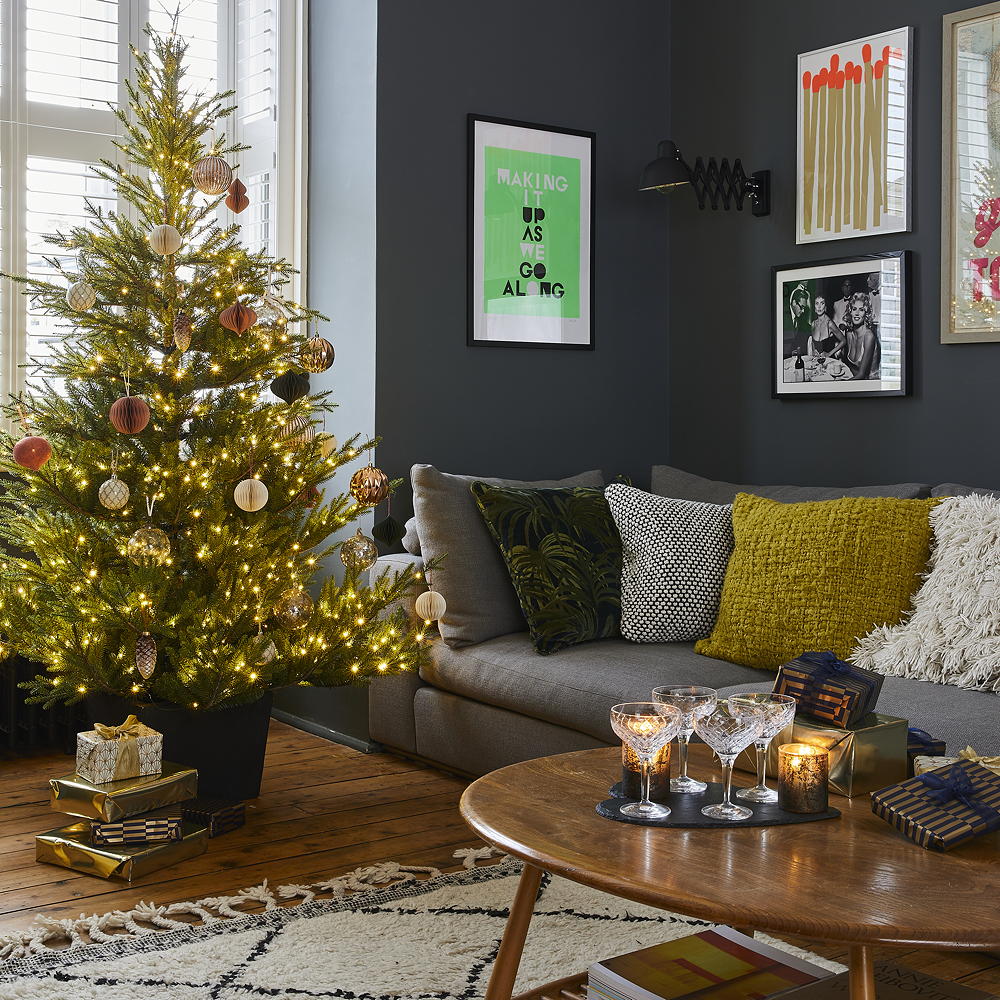
Don't decorate the tree straight away – Graham says you'll need to make sure the tree is taking up water first. 'Check if the water levels in the stand are declining every day – if they aren't, you may need to make another cut in the trunk,' he says.
2. Watering
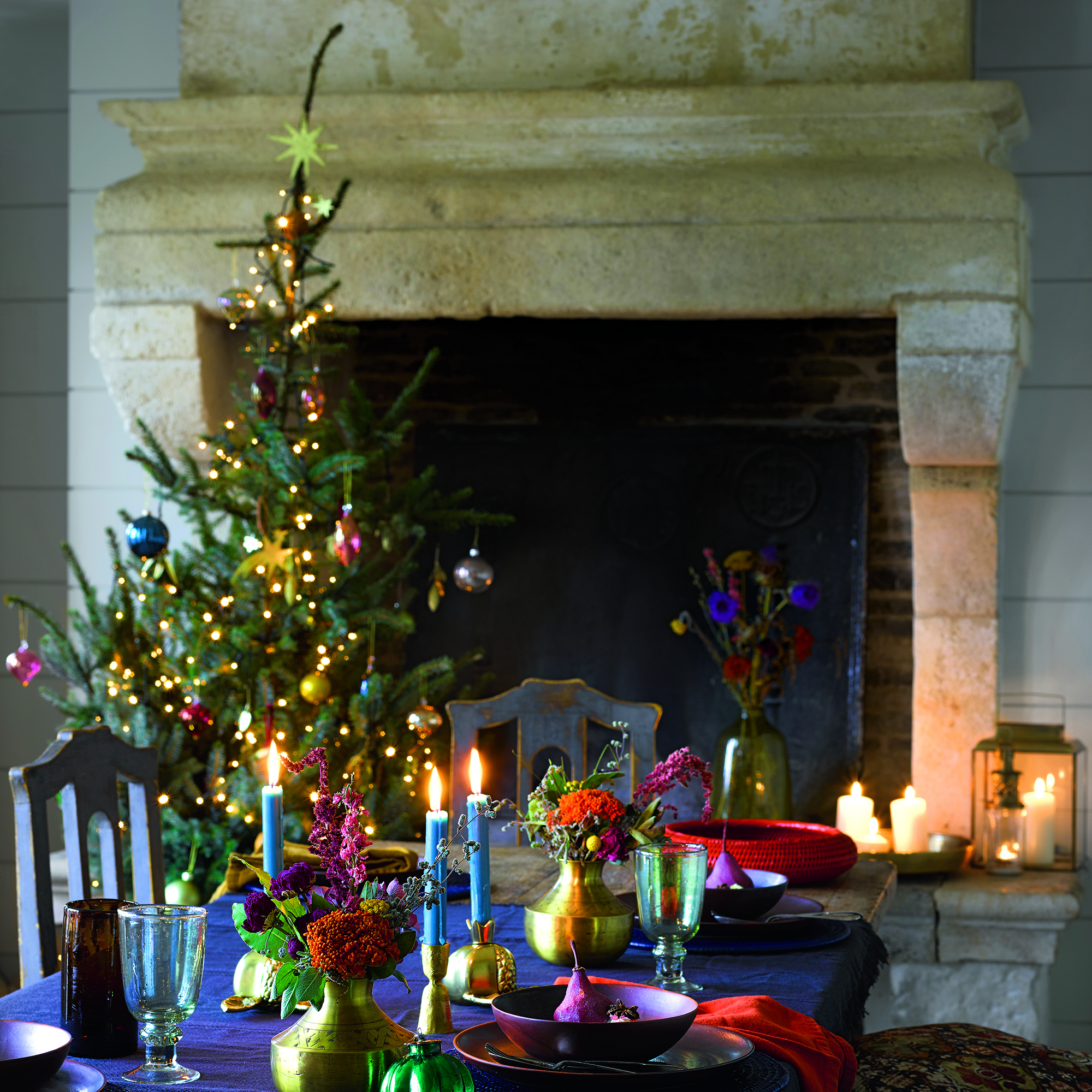
Wondering how often you should water a real Christmas tree? Well, they drink a lot of water, so you'll need to make sure your tree is standing in a container that can be easily topped up.
'Your Christmas tree needs watering every single day after you've put it up – so don't forget!' says Andrew White, gardening expert at Rhino Greenhouses. 'Watering your tree helps to keep it looking plump and fresh.'
But how much fresh water should you add daily?
'It’s best to add at least 500ml of water each day,' says Fiona. 'A real Christmas tree is capable of absorbing around 1-2 litres each day, but a cut tree can remain hydrated on less than that.'
That said, you'll need to keep an eye on your tree to make sure you're giving it the right amount of water. 'If your tree ever starts to lose its shine a little, try and give it a little more water each day to breathe some life back into it,' says Andrew.
3. The right spot
If possible, place the tree somewhere it can get a few hours of natural light each day, but avoid direct sunlight.
Make sure the tree is secure in its holder or pot, and avoid whittling the trunk of a tree to fit a stand, as this can remove the most active cells from the outside of the trunk and make the tree thirsty.
Even more important, though, is where not to put your tree...
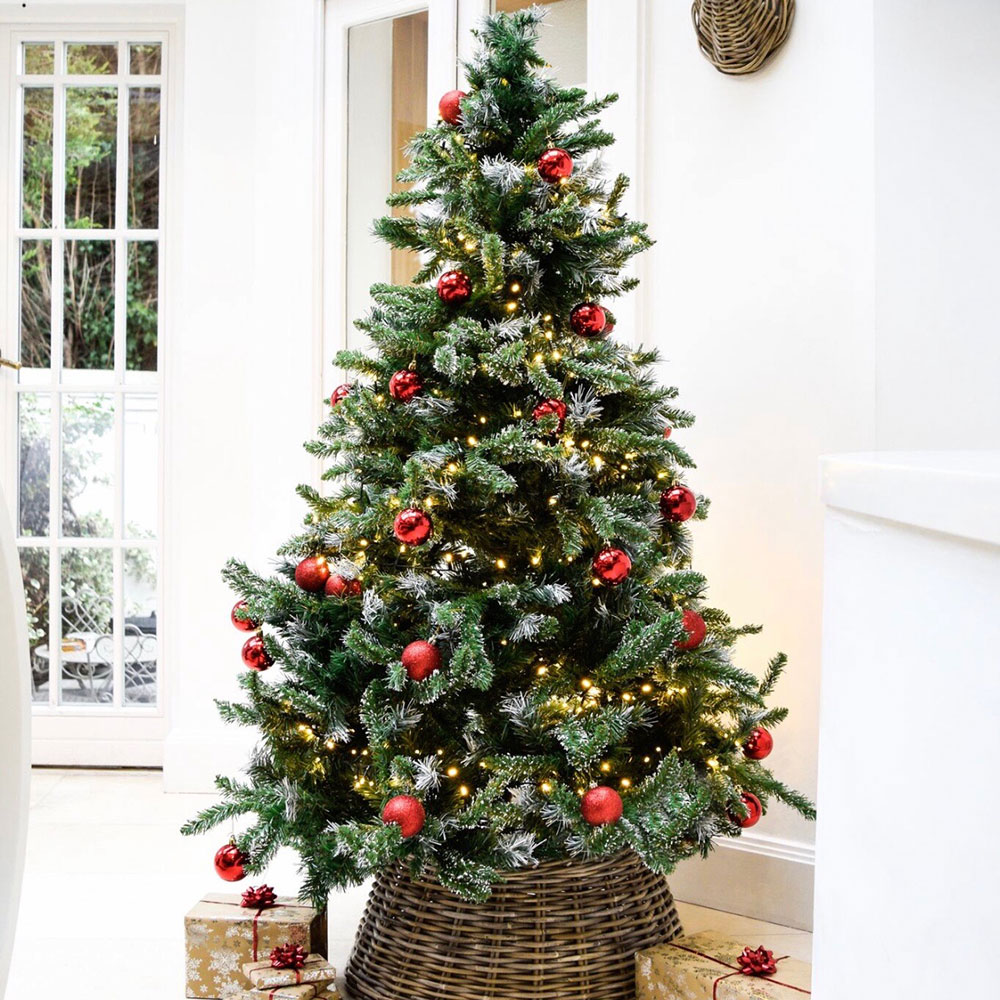
4. Things to avoid
To provide the best real Christmas tree care, treat your tree like you would an expensive bunch of flowers, and be mindful of how day-to-day things might affect it, such as heat and light. That way, a real Christmas tree will last as long as possible.
'Choose a space in the house that is away from any direct sources of heat to slow down the drying process,' says Gareth Mitchell, founder of Tree2myDoor. 'This can include anything from radiators, fireplaces, and even direct sunlight.'
For Christmas lights, opt for LEDs which won’t dry the branches out as much, and always remember to turn off your lights before going to bed. Avoid Incandescent lights which can produce more heat and dry out the tree.
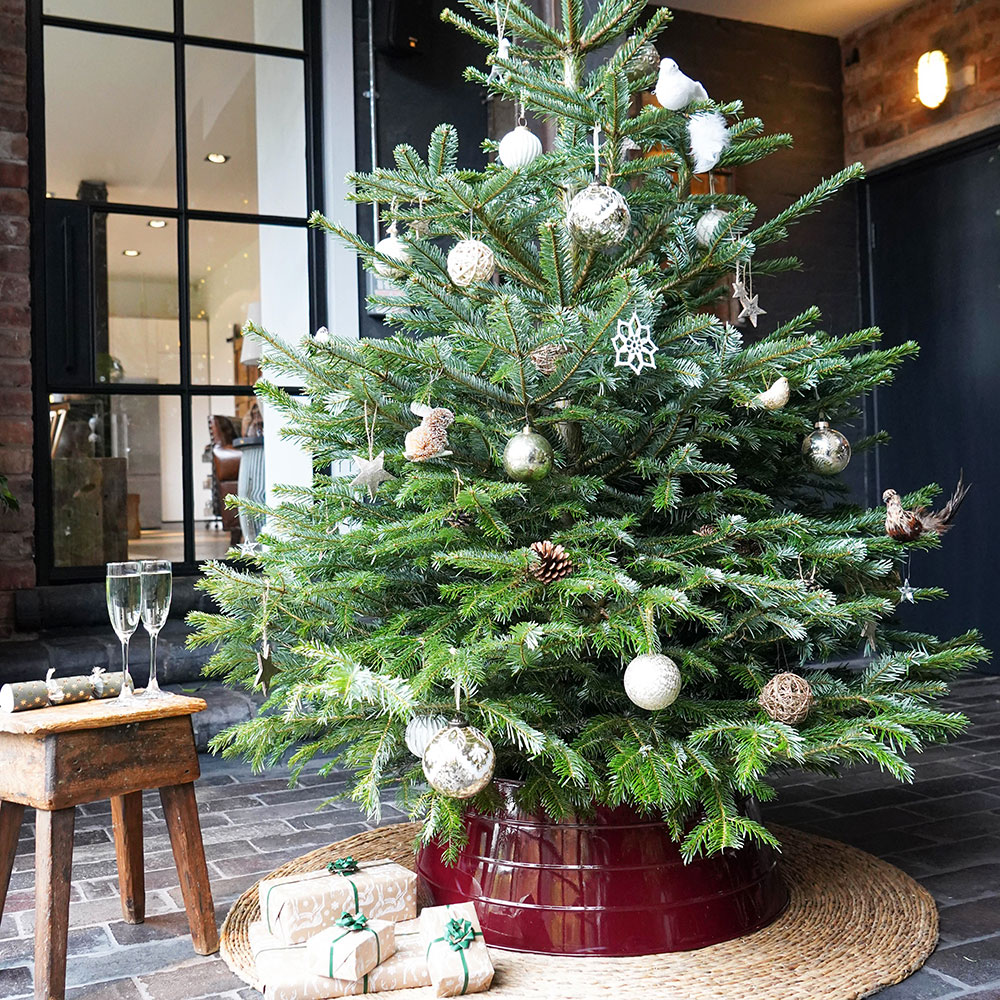
You should also keep your real tree away from any fruit bowls in the home. 'Although they may be a staple during the festive period, fruit gives off ethylene gas which affects plants and trees, making the needles drop quicker,' explains Kamalvir Dhillon from B&Q.
FAQs
How long do you let a real Christmas tree sit before decorating?
Ideally, you should let your freshly cut Christmas tree sit for around 24 hours before decorating it. This will give it a chance to take up plenty of water and allow the leaves and branches to unfurl and settle. If you find the water levels haven't changed, the base of the tree may have resealed itself, and you might need to saw half an inch from the bottom of the trunk again.
Can I put a real Christmas tree outside?
If you've gone for a potted Christmas tree, you can plant it in the garden and dress it up as you would an outdoor tree, but you'll still need to care for it properly.
'The weather in your area will also affect the kind of tree that you can place outside, as trees with delicate branches are unlikely to cope well with heavy snow or rainfall,' says gardening expert Graham.
'Ensure that your outside tree has a sturdy stand, and reinforce it with heavy objects such as sandbags to keep it anchored. Any decorations and lights used on an outdoor tree will need to be weather resistant, and look for materials that are resistant to cracking or fading.'
Now that you've got your real Christmas tree care plan sorted, you can think about decorating your tree. Exciting!
Get the Ideal Home Newsletter
Sign up to our newsletter for style and decor inspiration, house makeovers, project advice and more.

Thea Babington-Stitt is the Managing Editor for Ideal Home. Thea has been working across some of the UK’s leading interiors titles since 2016.
She started working on these magazines and websites after graduating from City University London with a Masters in Magazine Journalism. Before moving to Ideal Home, Thea was News and Features Editor at Homes & Gardens, LivingEtc and Country Homes & Interiors. In addition to her role at Ideal Home, Thea is studying for a diploma in interior design with The Interior Design Institute.
- Katie SimsContributor
- Holly CockburnContent Editor
- Sophie KingGardens Editor
-
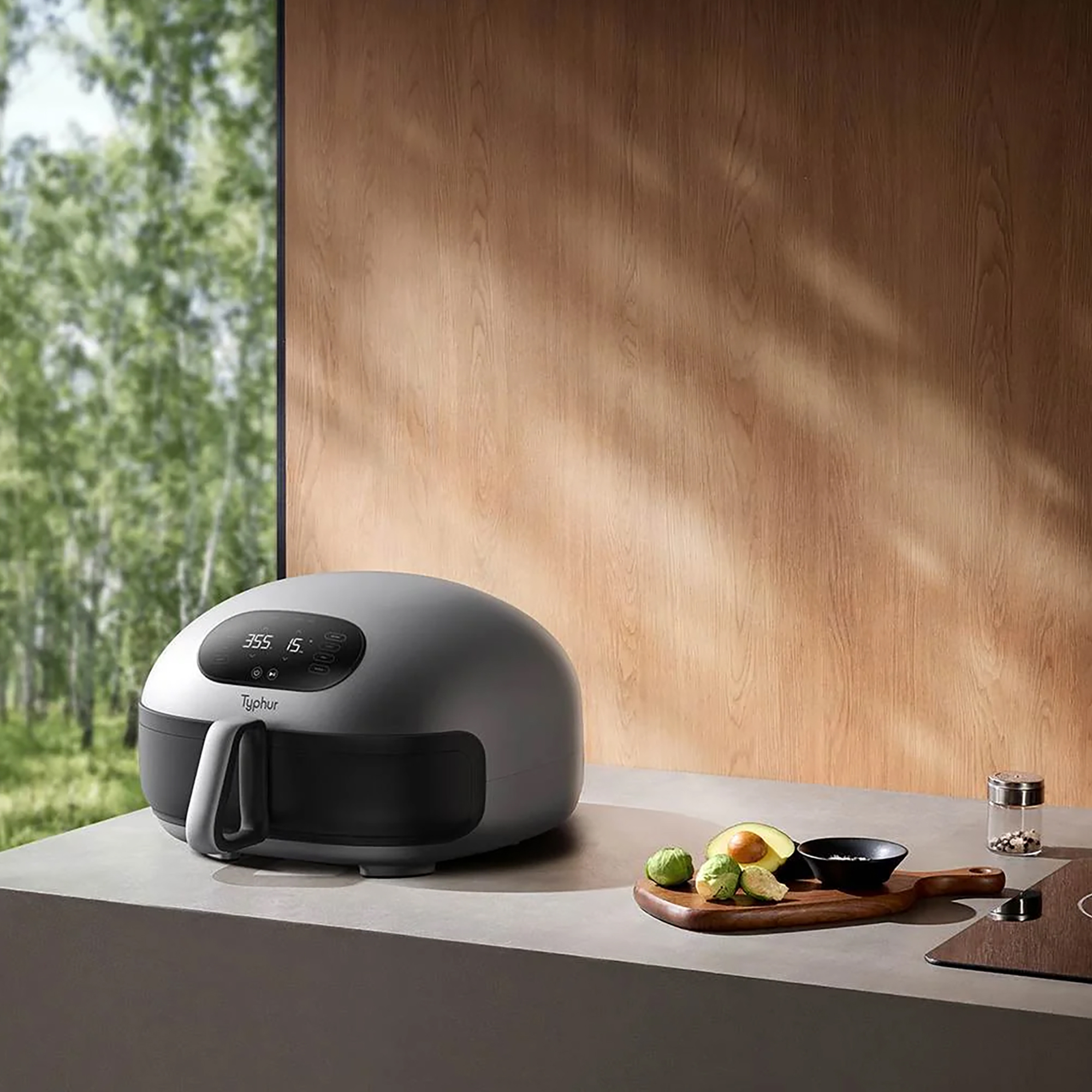 Typhur Dome 2 air fryer review – a glimpse into the future of air frying
Typhur Dome 2 air fryer review – a glimpse into the future of air fryingThe Typhur Dome 2 cooks food brilliantly and has all sorts of benefits, but is it worth the £499 price tag?
By Ellen Manning
-
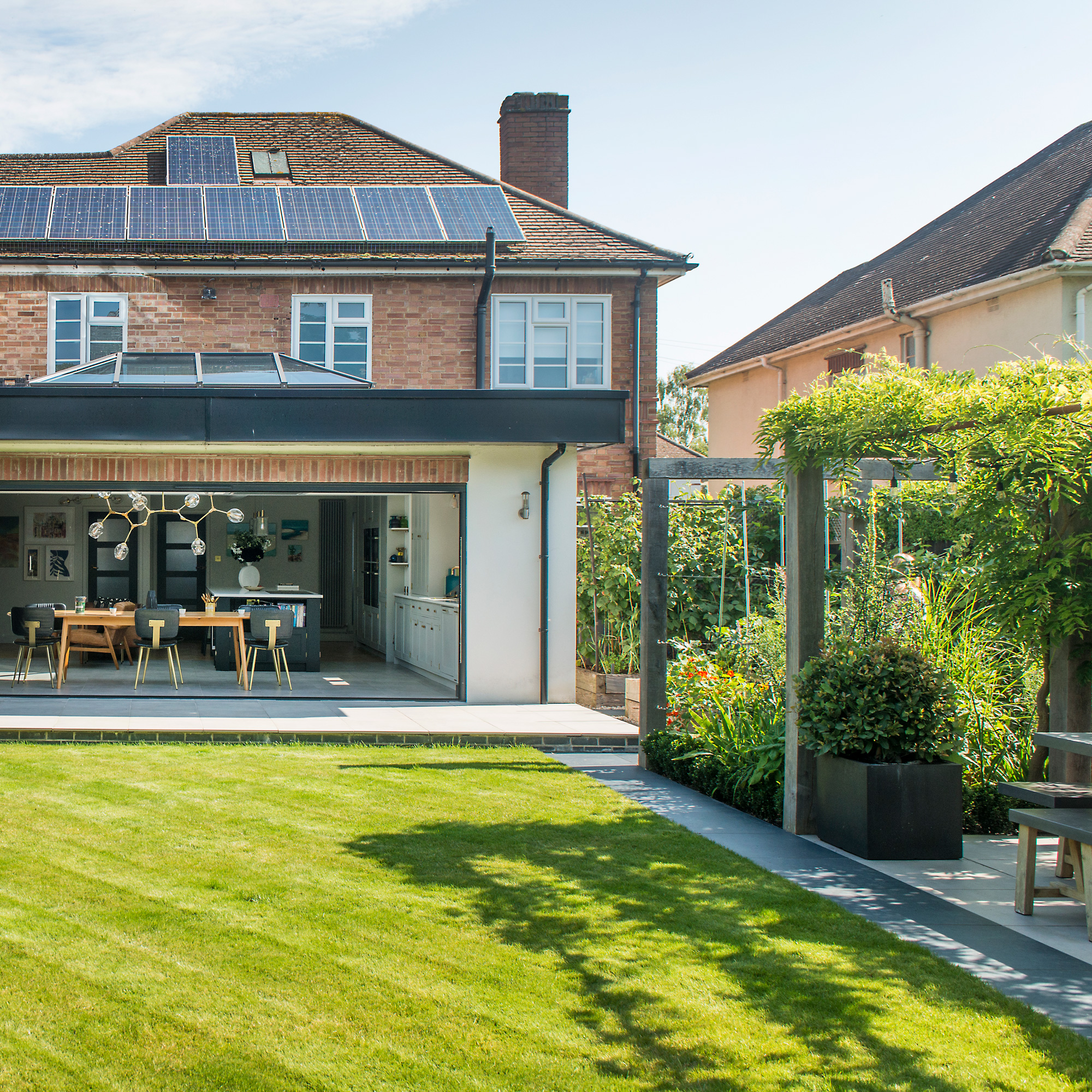 In creating their lush multi-use garden, the owners have cleverly futureproofed the space for years to come
In creating their lush multi-use garden, the owners have cleverly futureproofed the space for years to comeWith a zone for dining, a veg plot, a relaxing sun trap, and space for quiet contemplation
By Ginevra Benedetti
-
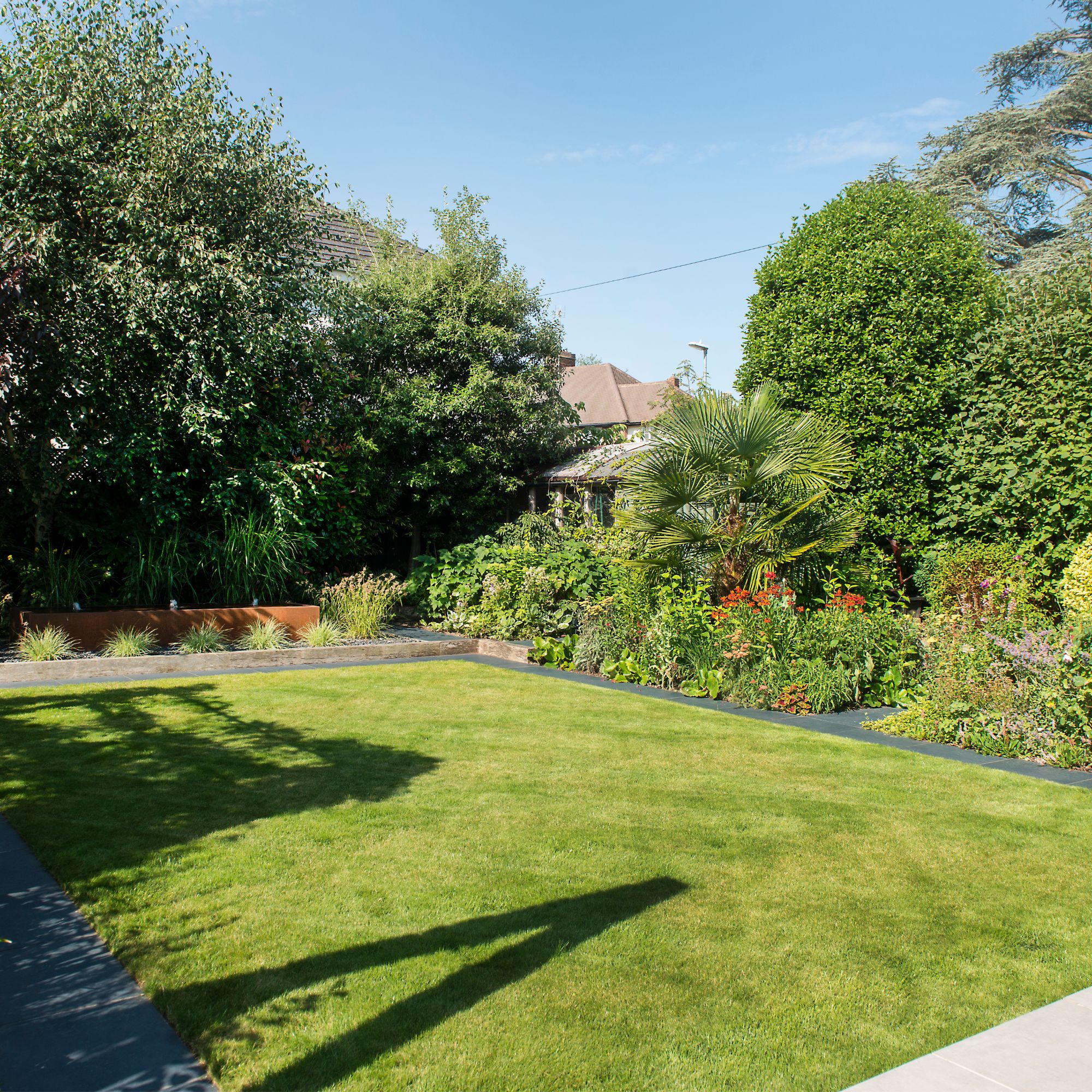 5 reasons why your grass seed isn’t growing and what you can do to help, according to garden experts
5 reasons why your grass seed isn’t growing and what you can do to help, according to garden expertsFor a lush, green lawn, you have to ensure the conditions are just right
By Kezia Reynolds
-
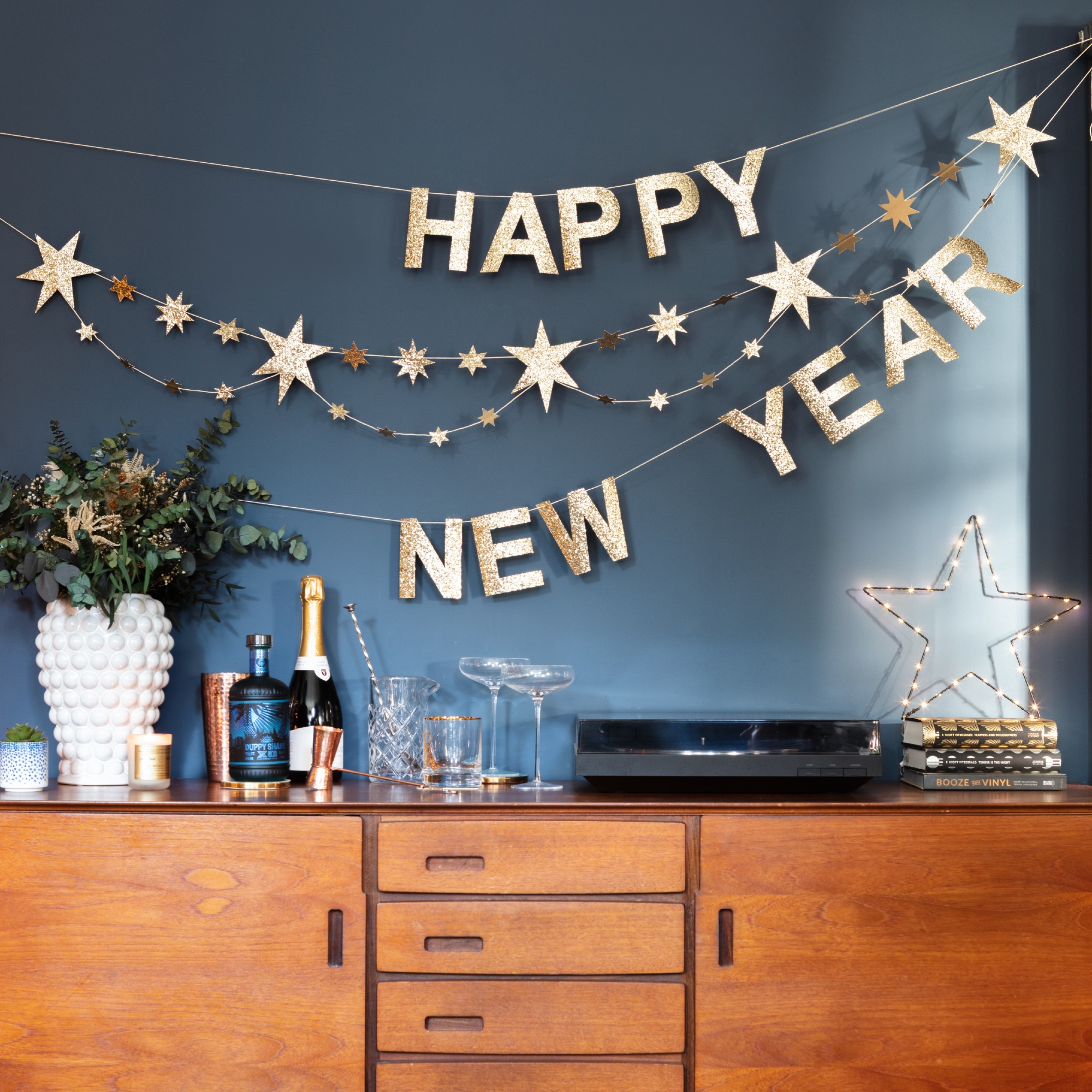 How to reset your home after Christmas to restore a sense of calm
How to reset your home after Christmas to restore a sense of calmFollow these 7 steps to get back to normal at home and beat post-Christmas blues
By Eilidh Williams
-
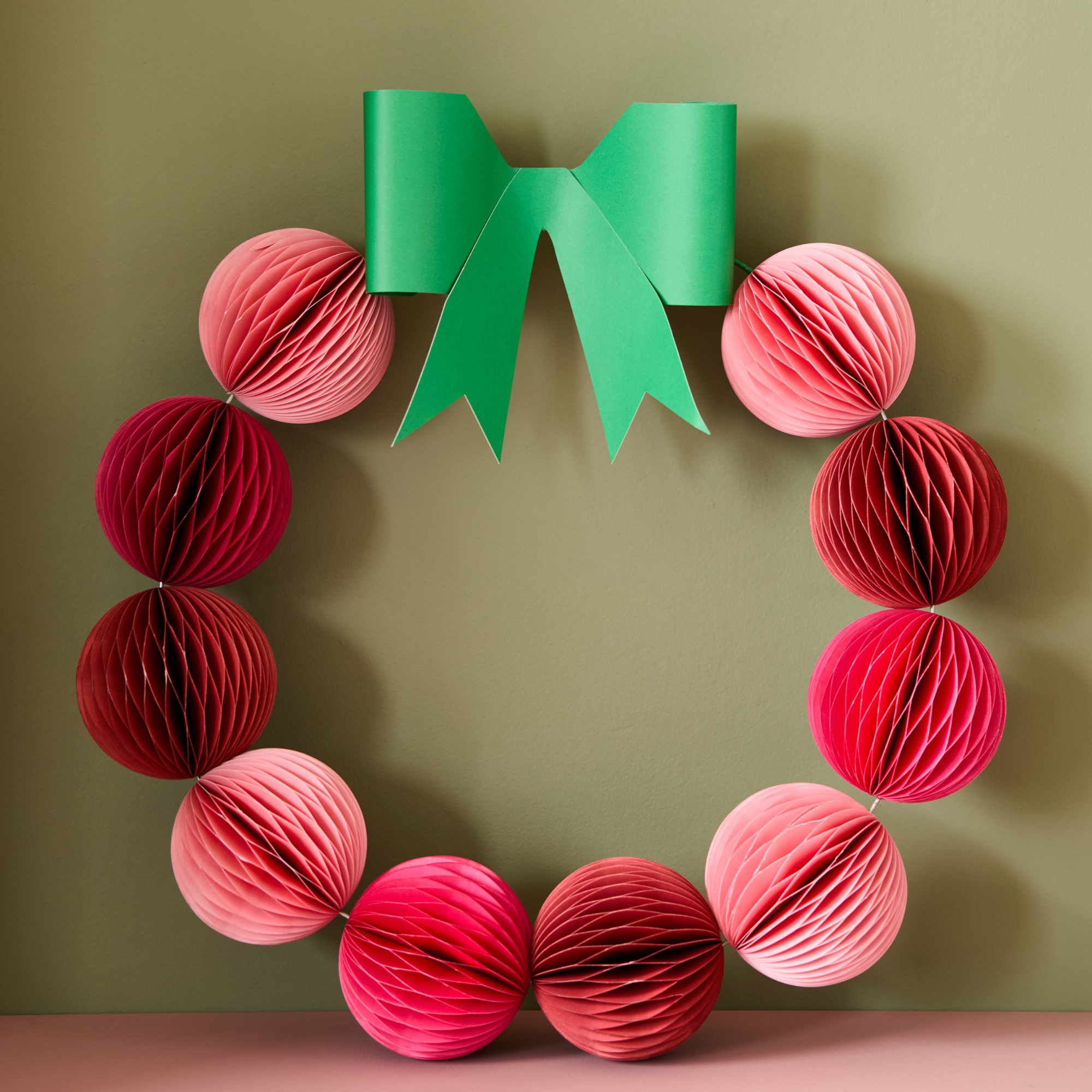 How to turn wrapping paper into bows for last-minute New Year's Eve decorations in 2 simple steps
How to turn wrapping paper into bows for last-minute New Year's Eve decorations in 2 simple stepsDon't let your wrapping paper go to waste this year - make these beautiful bows instead
By Kezia Reynolds
-
 How to transition your Christmas decor for New Year’s – 7 ways to quickly swap and repurpose your festive decor
How to transition your Christmas decor for New Year’s – 7 ways to quickly swap and repurpose your festive decorWelcome the New Year with ease and no stress
By Sara Hesikova
-
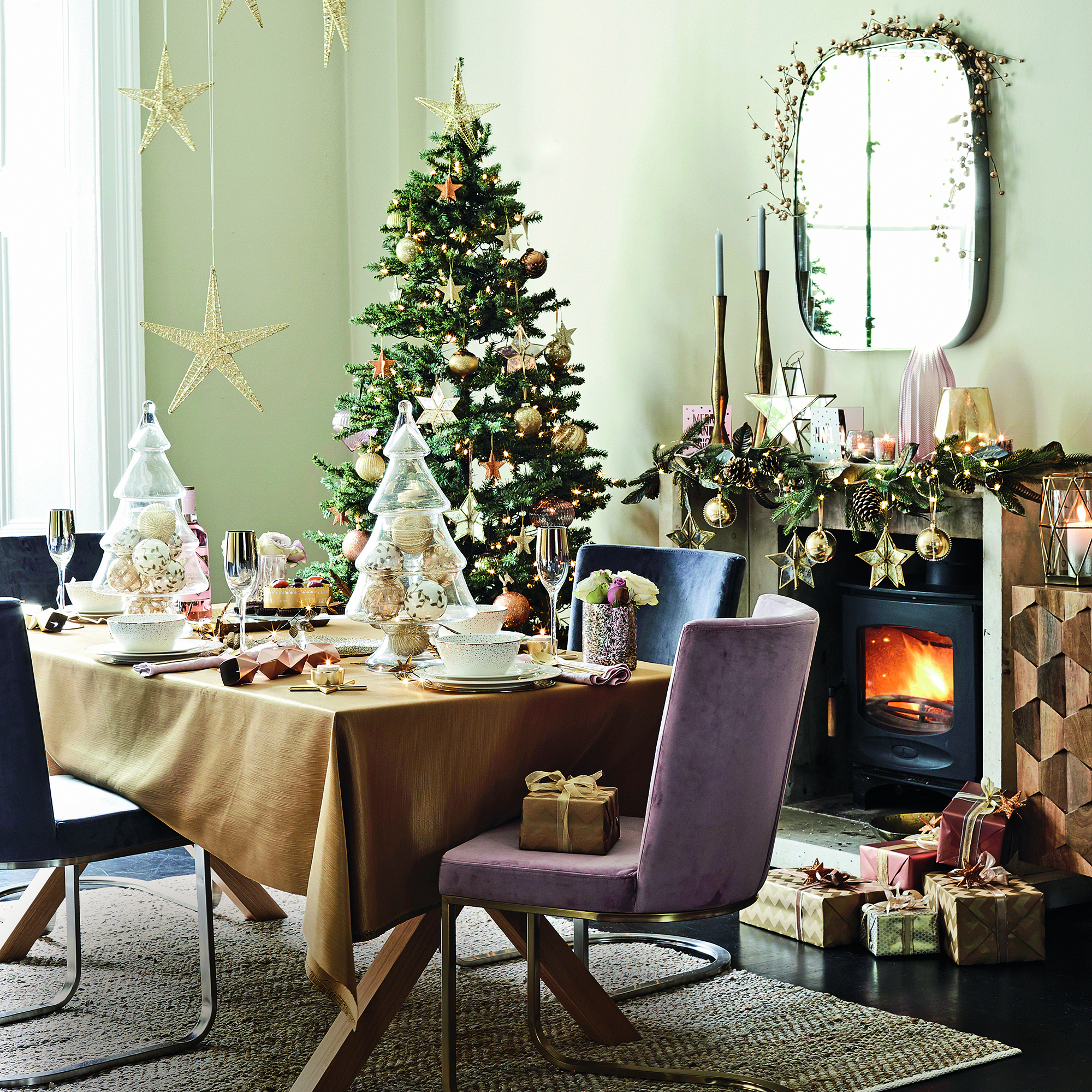 How to craft the perfect festive dining space, according to design experts
How to craft the perfect festive dining space, according to design expertsThe styling and hosting secrets the professionals rely on
By Jennifer Morgan
-
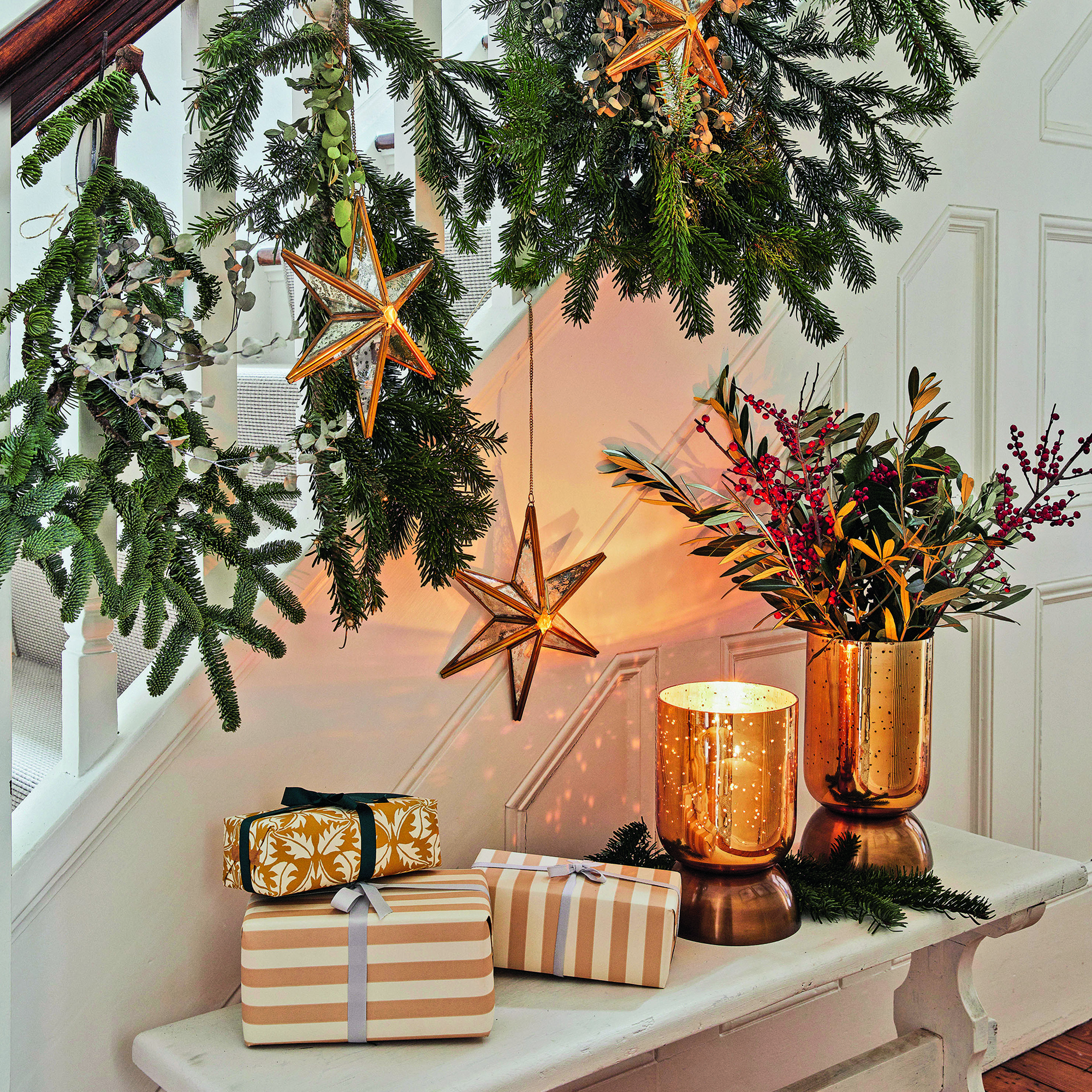 How to use a metallic scheme this festive season, according to an interior design expert
How to use a metallic scheme this festive season, according to an interior design expertMetallic finishes are trending, but if you get the styling right this look could become a holiday season staple
By Charlotte Boyd
-
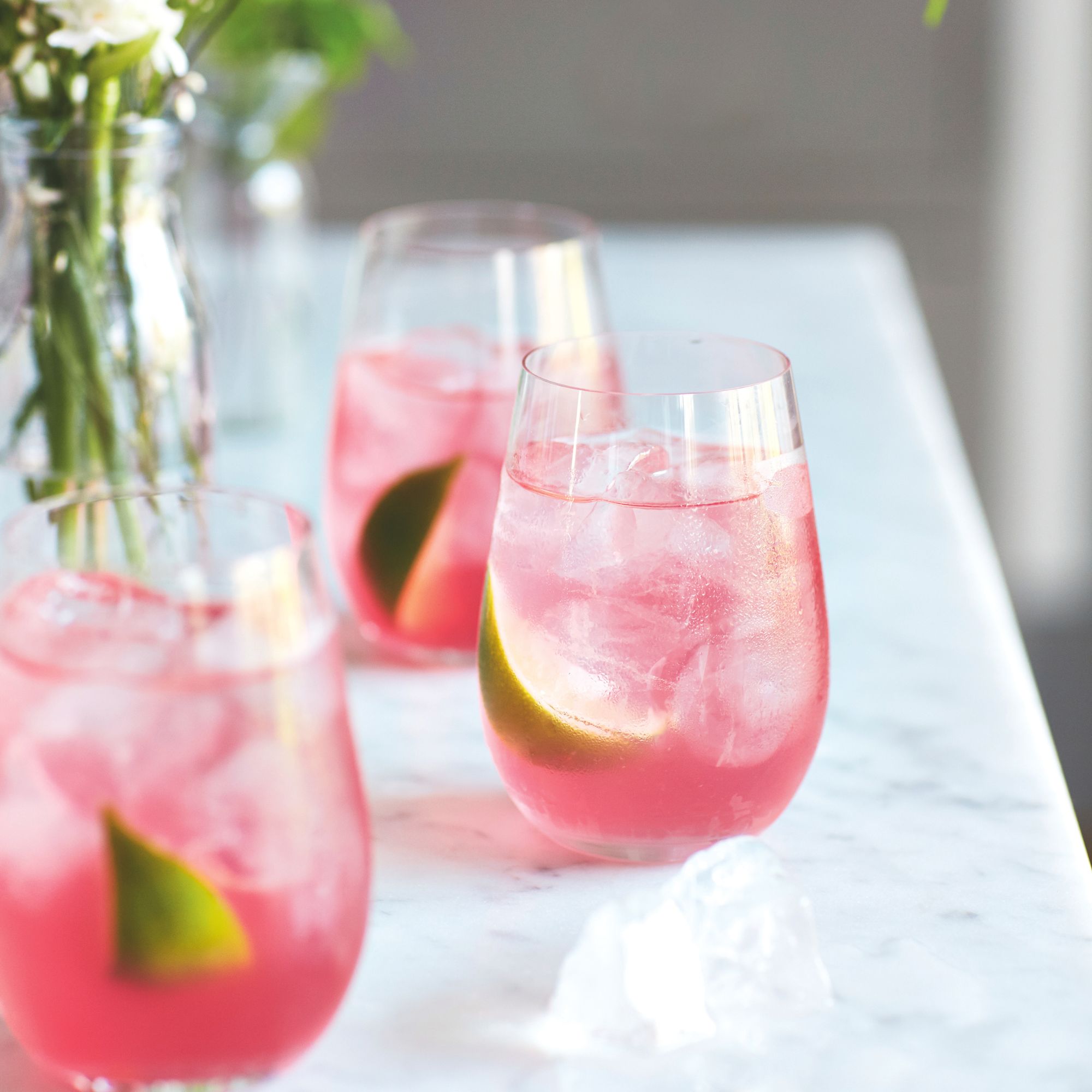 How to make clear ice cubes – use this fool-proof method for dazzling cocktails this Christmas
How to make clear ice cubes – use this fool-proof method for dazzling cocktails this ChristmasThis is what you need to do to achieve crystal-clear ice cubes this Christmas
By Kezia Reynolds
-
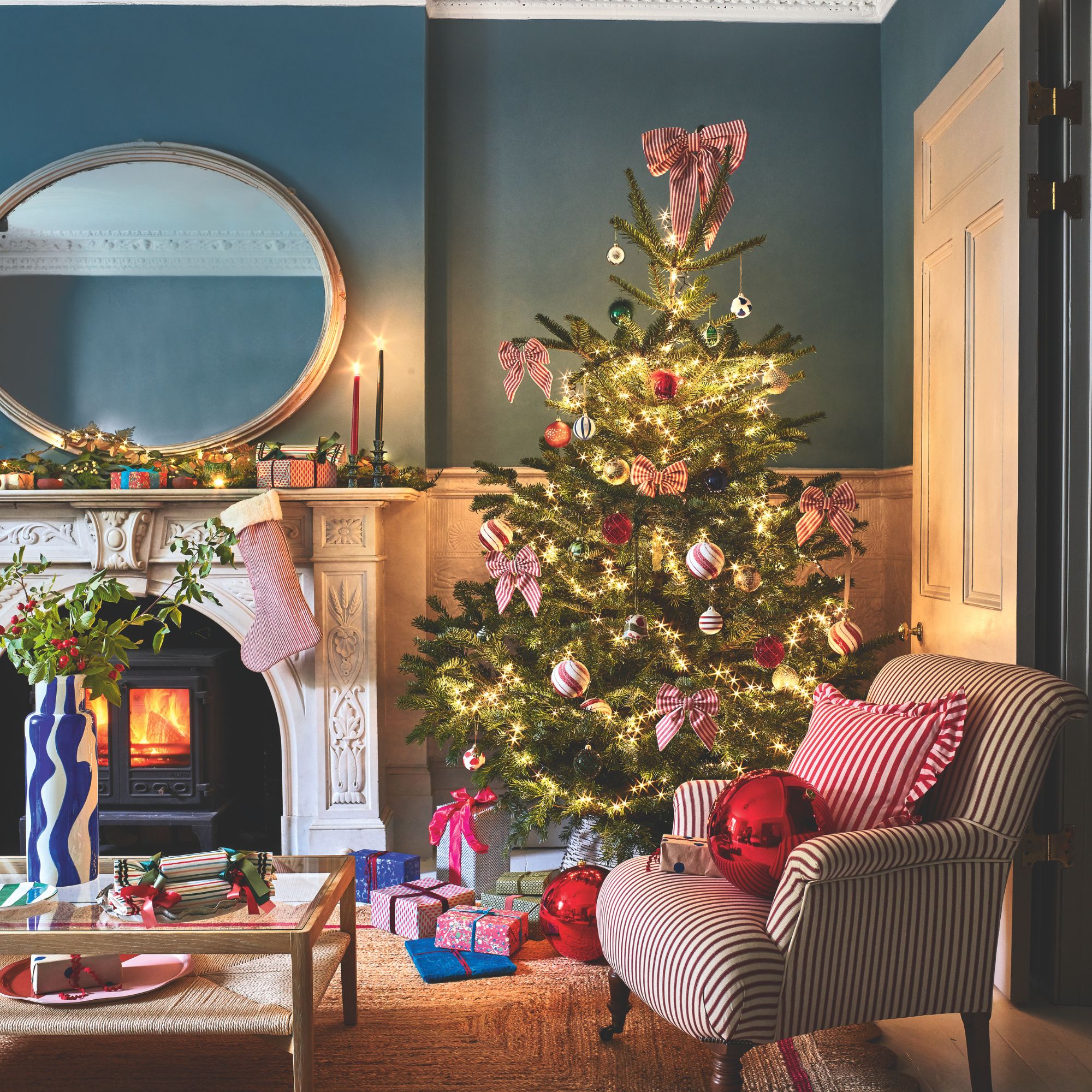 How to get rid of Christmas lights - everything you need to know about safely recycling old fairy lights
How to get rid of Christmas lights - everything you need to know about safely recycling old fairy lightsStep away from the bin, there is another destination for your lights
By Kezia Reynolds
-
 How to elevate paper napkins for Christmas dinner – 6 ways to transform budget paper napkins into creative festive table decor
How to elevate paper napkins for Christmas dinner – 6 ways to transform budget paper napkins into creative festive table decorChristmas decor doesn't need to be expensive in order to look elevated
By Sara Hesikova